Periodontics Torrance
Meet Our Periodontist

Dr. Galvan’s passion for community health drives her to apply her exceptional clinical skills and research expertise as a periodontist in Torrance to improve oral health. With a dental degree from the University Complutense of Madrid and advanced training from USC, she is a Diplomat of the American Board of Periodontology. Her academic roles and private practice experience showcase her commitment to excellence in periodontics and implant dentistry.
Partner with Us for Exceptional Periodontal Care
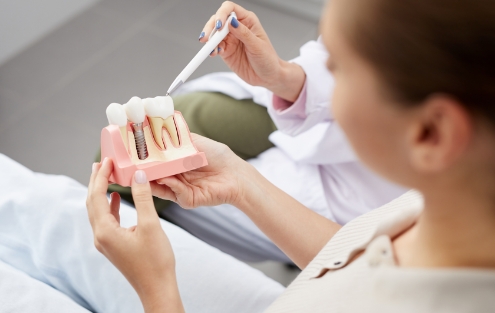
At Blue Coast Dental Group, we welcome periodontal referrals and deeply value the trust you place in our specialized services. We are dedicated to making every patient feel comfortable and well cared for throughout their visit. Our team works closely with yours’ to ensure a seamless transition and an exceptional experience for your patients. To refer a patient or consult with one of our periodontal specialists, please contact our Torrance dental office. Thank you for partnering with us in providing top-quality dental care.
Sedation Dentistry
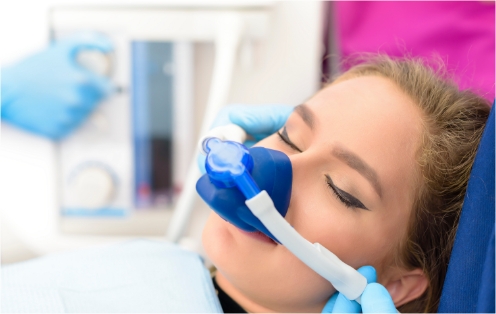
Our sedation dentistry options at Blue Coast Dental Group ensure your comfort and ease during dental procedures. We offer three levels of sedation:
- Oral Conscious Sedation: This involves taking a prescribed pill before your appointment to help you relax while remaining awake.
- Nitrous Oxide: Often known as “laughing gas,” it is inhaled through a mask, providing a calming effect during the treatment.
- IV Sedation: Administered intravenously, this sedation keeps you in a deeply relaxed state, often with no memory of the procedure.
With these options, we tailor the sedation experience to your specific needs, ensuring a stress-free and comfortable visit.
Gum Graft Surgery

Our periodontist specializes in gum graft surgeries, providing the highest level of care to ensure successful outcomes. We prioritize patient comfort and personalized attention throughout every visit.
Periodontal Surgery
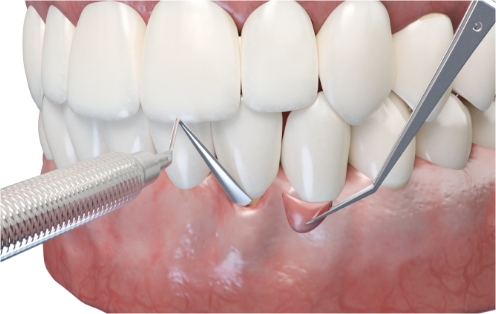
Our experienced team delivers top-notch periodontal surgery to effectively treat gum disease. Utilizing the latest techniques, we restore the health and appearance of your gums with precision and care.
Tooth Extractions & Wisdom Tooth Extractions
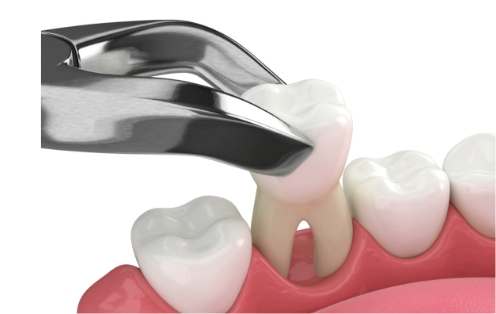
Our skilled team uses advanced techniques, including platelet rich plasma (PRP) therapy, to minimize discomfort and promote quick recovery. PRP therapy harnesses your body’s natural healing properties to accelerate tissue repair and reduce inflammation. During the procedure, we take great care to manage pain effectively and reduce any potential complications.
Platelet Rich Fibrin (PRF) Therapy
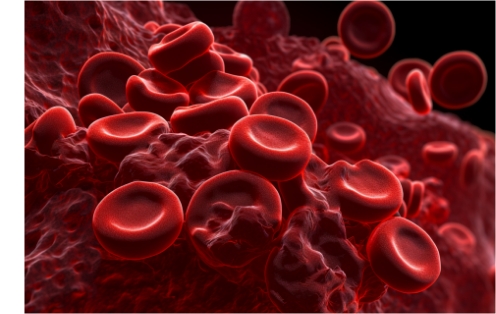
Platelet Rich Fibrin (PRF) Therapy is an advanced technique used at Blue Coast Dental Group to promote rapid healing and reduce discomfort after procedures like tooth extractions. PRF harnesses the body’s natural healing properties by utilizing a concentrated mix of growth factors and proteins found in the patient’s own blood. This accelerates tissue repair, reduces inflammation, and minimizes recovery time, making the healing process smoother and more efficient.
Dental Bone Grafts
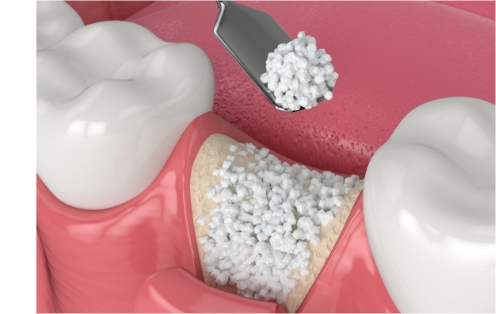
We offer top-quality bone grafting procedures to restore jawbone health and support dental implant success. Our skilled team uses advanced techniques to ensure the best possible outcomes for your oral health.
Sinus Augmentation
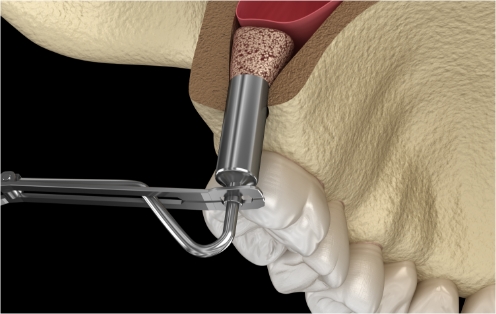
Our practice excels in sinus augmentation procedures, creating a strong foundation for dental implants by carefully lifting the sinus membrane and adding bone.
Dental Implants
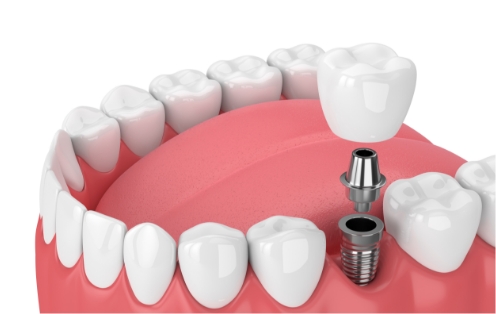
With our expertise, enjoy durable, natural-looking dental implants that enhance your smile. Our team ensures a comfortable and successful implant procedure using the latest technology and techniques, prioritizing your overall well-being.
Check Your Risk for Gum Disease
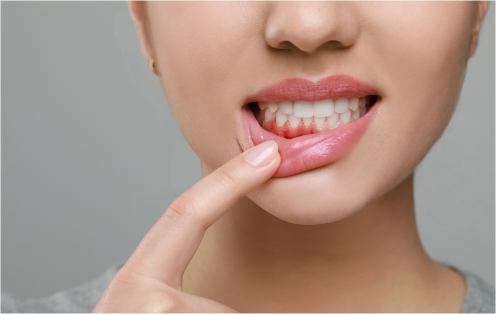
Concerned about gum disease? Take our quick and easy Gum Disease Quiz to find out if you’re at risk. This simple quiz helps you identify potential symptoms and learn more about your oral health.
